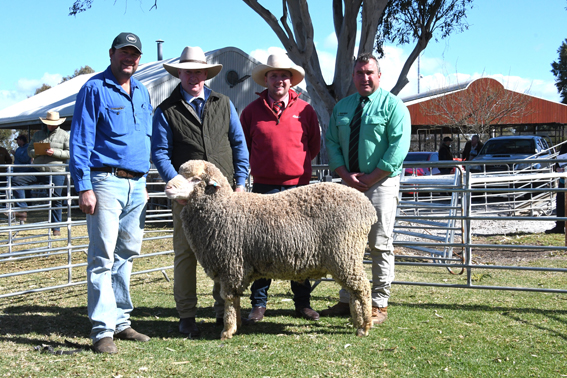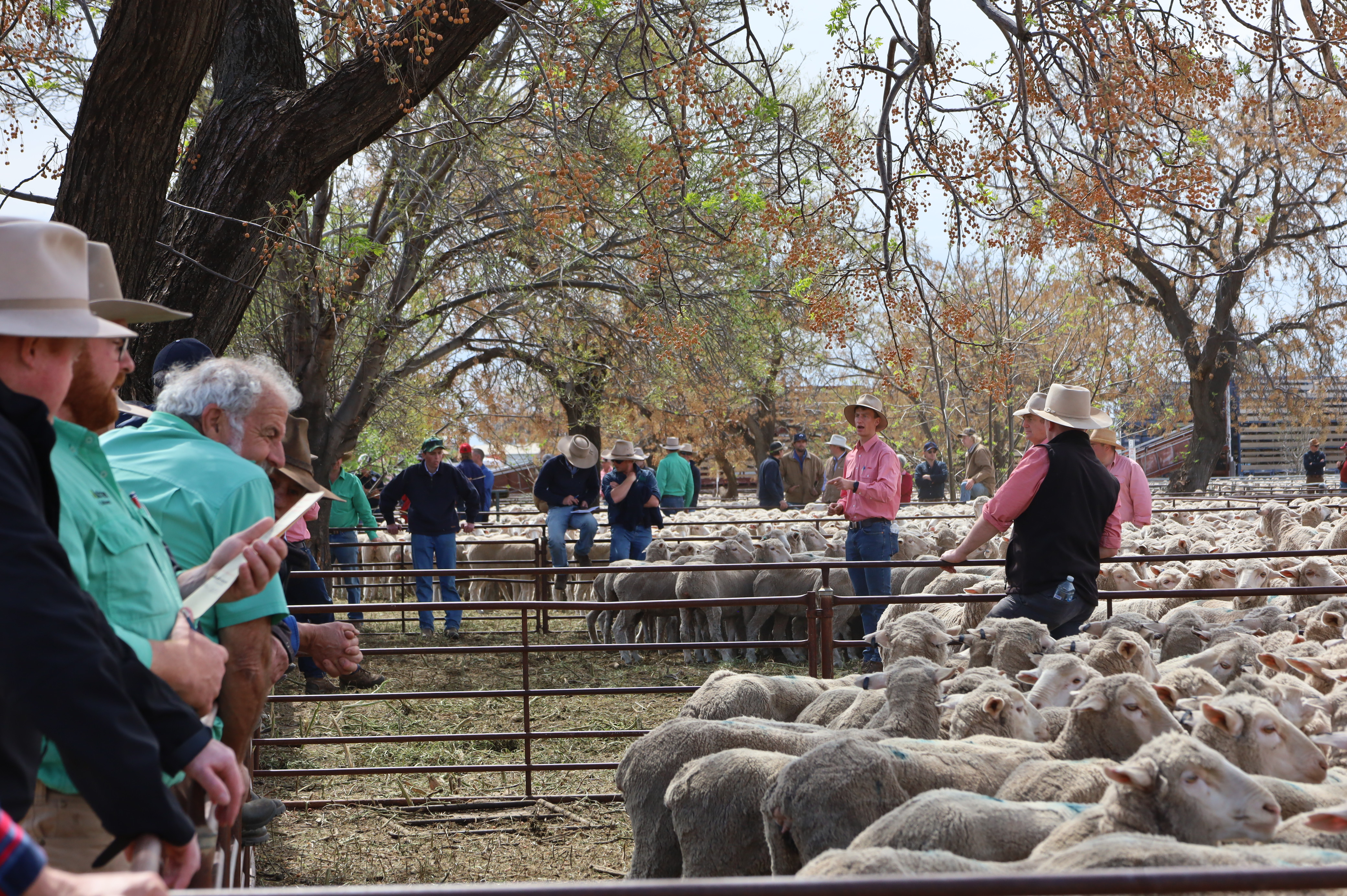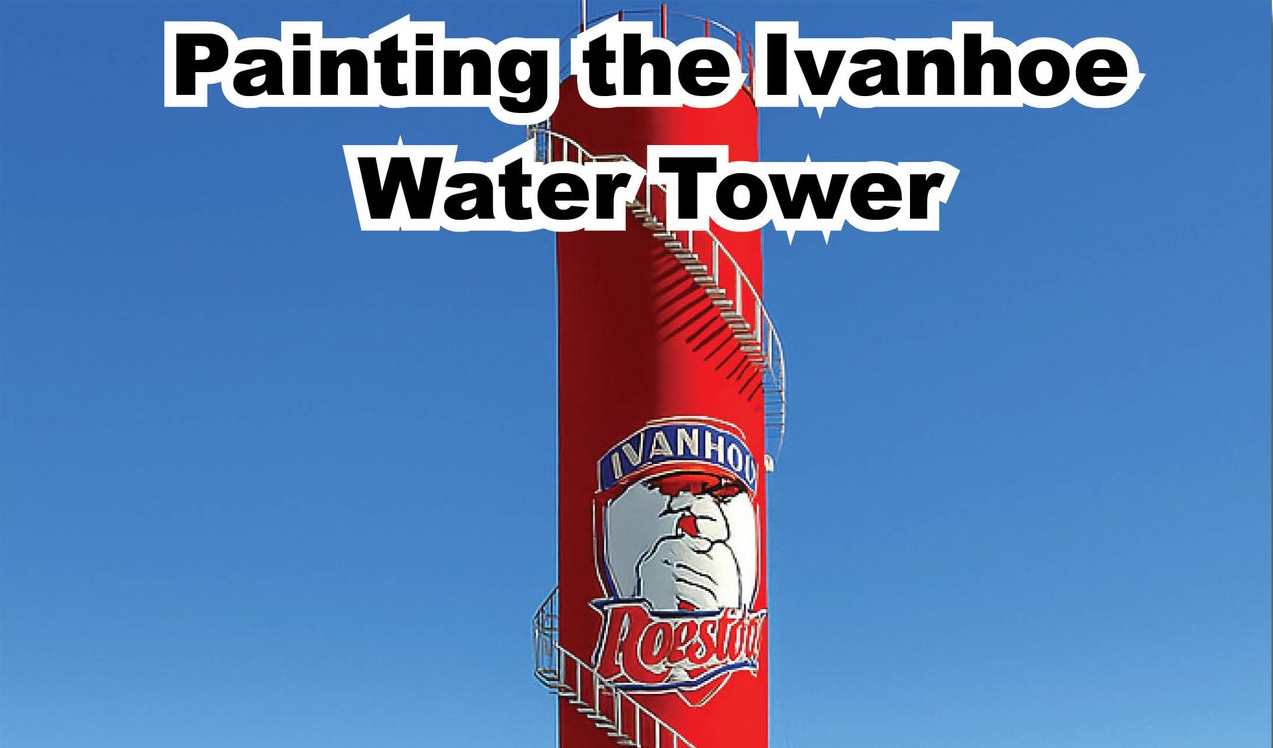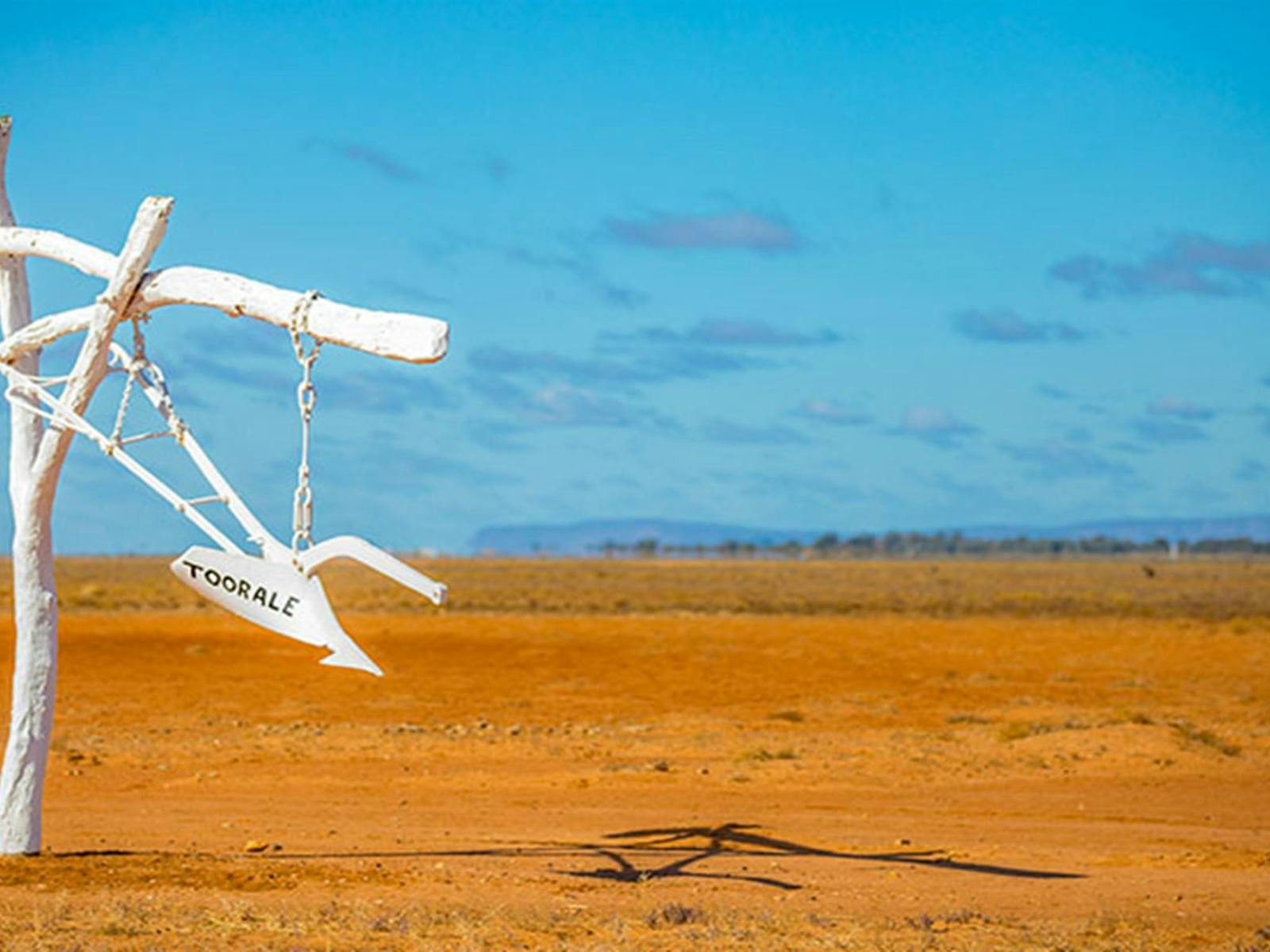International demand and drought drives wool prices up
Krista Schade
02 October 2025, 11:45 PM
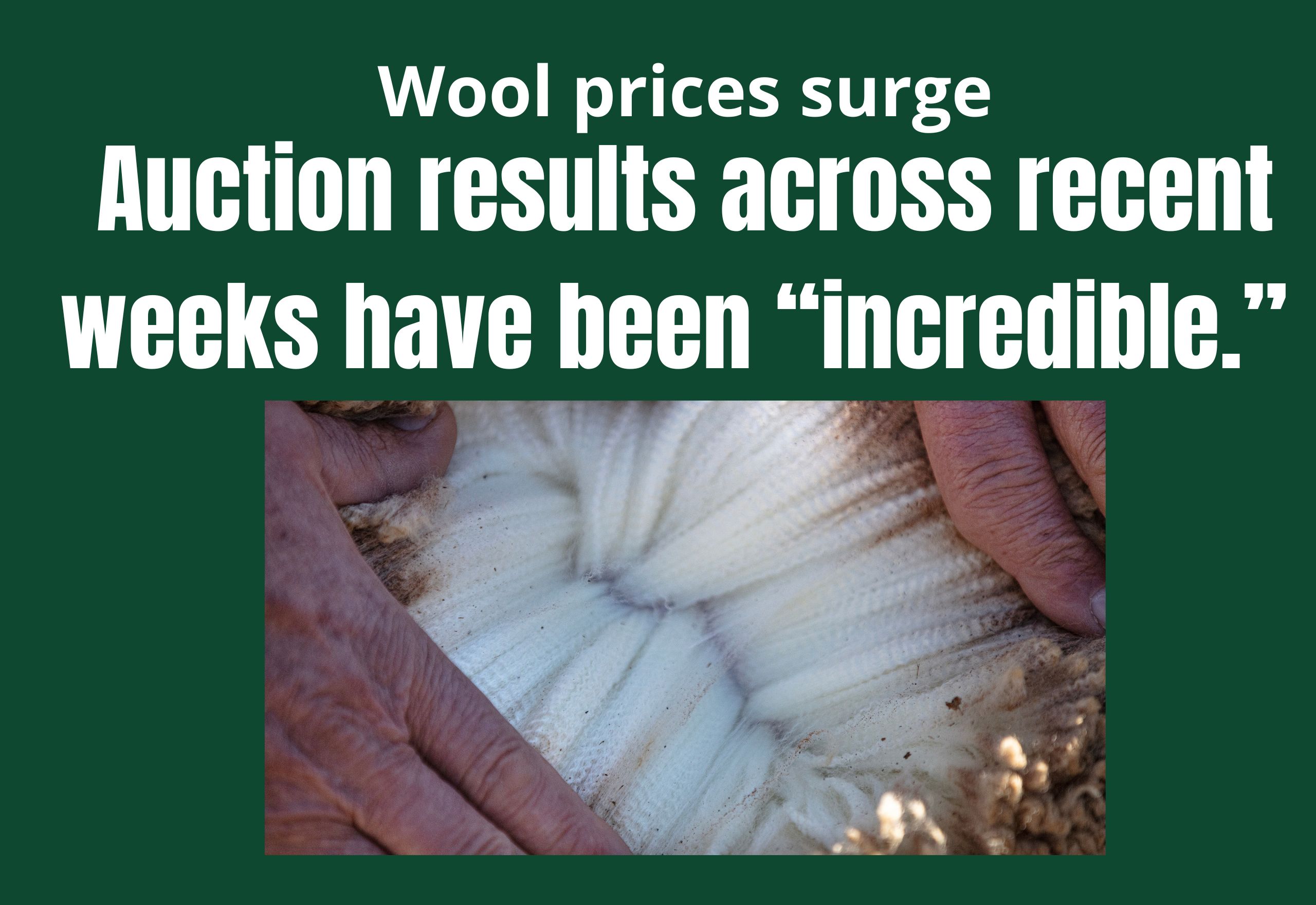
Australian wool prices are currently experiencing a significant and sustained upward swing. Wool prices have risen 10 weeks in a row, which is the longest run of price rises since 1987.
The national benchmark, the AWEX Eastern Market Indicator (EMI), has recently surged to levels not seen in years, breaking through the 1400 cents/kg clean barrier.
Prices for key categories, particularly fine Merino (19 microns and finer) and broader Merinos and Crossbreds, have reached multi year highs.
The primary driver behind this sharp rise is a significant reduction in Australian wool production.
“The EMI broke through the 1400-cent mark to close at 1453 cents, its highest point since June 2022,” AWEX said.
“The weekly rise was the largest in six years and extended the rally to 10 straight weeks, equalling the longest unbeaten run (weekly) since 1987.
“National offerings remained steady with 29,773 bales put to auction. Prices lifted sharply from the opening lot on Tuesday and continued to climb as buyers chased quantity,” AWEX said.
The Australian Forecasting Wool Production Committee has repeatedly revised forecasts downwards, with shorn wool production for the 2024/25 season estimated to be significantly lower than the previous year, and a further decline forecast for 2025/26.
The scarcity is partly caused by persistent and challenging dry conditions, particularly in key wool-growing regions like Western Victoria, South Australia, and parts of Western Australia and New South Wales.
The lack of feed and difficult seasonal conditions have led to a decrease in the number of sheep shorn and a dampening effect on the average wool cut per head.
Producers are also making tough on-farm decisions. With high prices for sheep and lamb, many are choosing to increase slaughter rates and reduce flock numbers, rather than retaining stock and incurring the high costs of supplementary feeding through dry periods.
This further tightens the future supply of wool. While supply issues are the most immediate cause, industry analysts suggest that the rise is not purely supply-driven.
There are tentative signs of improving global demand. Buyers in the international supply chain, particularly from major markets like China, appear keen to secure wool to meet order books, leading to strong competition at auction.
The narrative around wool as a sustainable, premium, and natural fibre continues to build traction globally, with environmentally conscious consumers willing to pay a premium.
This long-term trend supports demand for high-quality Australian wool, and has been a focus of peak industry body Australian Wool Innovation (AWI) for several years.
AWI said auction results across recent weeks have been “incredible.”
“Merino wools sold 120 to 180 cents dearer whilst crossbred types were 60 cents per kilogram dearer.
“The passed-in rate of just 1.8 per cent tells the story as growers jumped at the chance to take the better money on offer,” AWI said.
AWI said the recently concluded Nanjing Wool Market conference in China was widely believed to be the most positive and best opportunities for business since 2018.
According to reports in Sheep Central, some mid-sized China mills had relied upon a local single entity for supply, but that has now changed, and appear to have adjusted their business model.
Those mills are now using forward contracts written directly from the overseas traders, creating more competition. Demand for Europe now relies partly on China produced tops or yarns.
AWI said many mills in China now compete for that higher quality, potentially more lucrative business.
Eight up-and-coming members of the Australian wool industry visited China in May as participants in AWI’s Australian Future Wool Industry Leaders program, and returned to Australia with optimism having witnessed China’s high level of investment in the wool industry.
The program included visits to wool processors Tianyu and Sunwoo, yarn spinner Xinao, textile manufacturer Shanghai Challenge, and the vertically integrated Nanshan Group.
It also included visits to the flagship stores of apparel brands ICICLE and Uniqlo, home textile manufacturer Wuxi JHT, the Wool Education Centre at Donghua University, and the Woolmark office in Shanghai.
RURAL
NEWS
COMMUNITY
